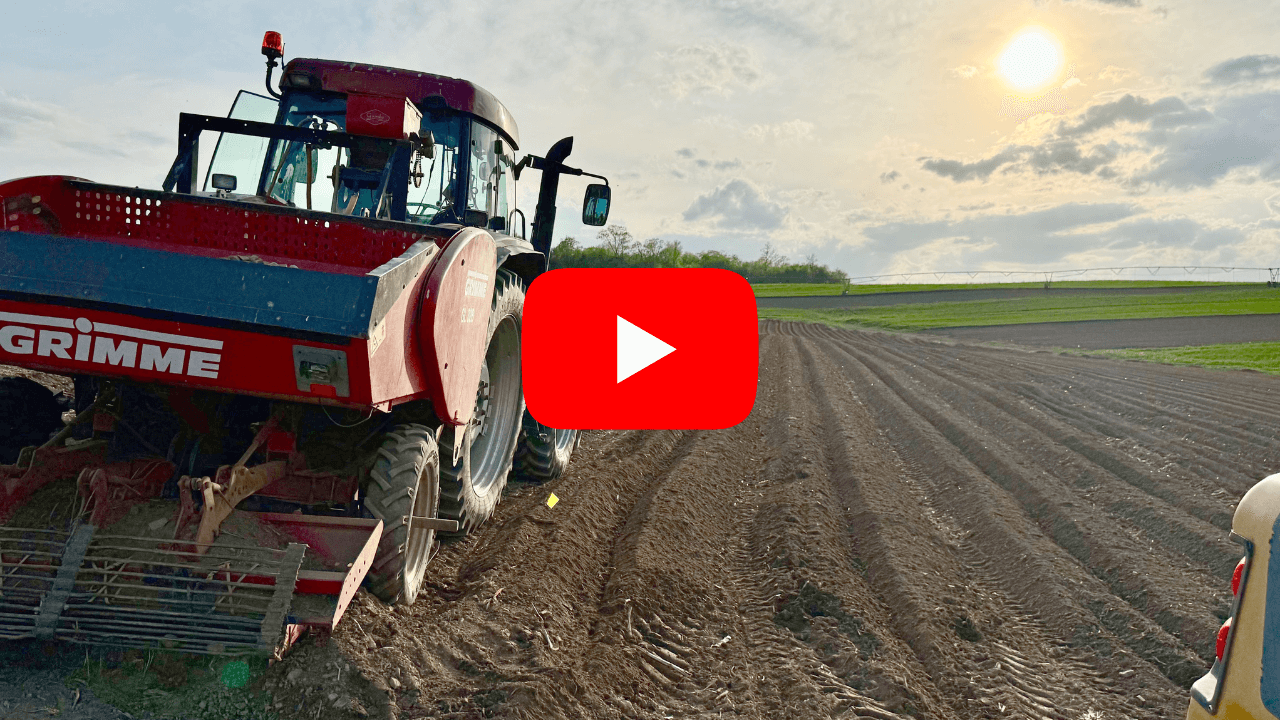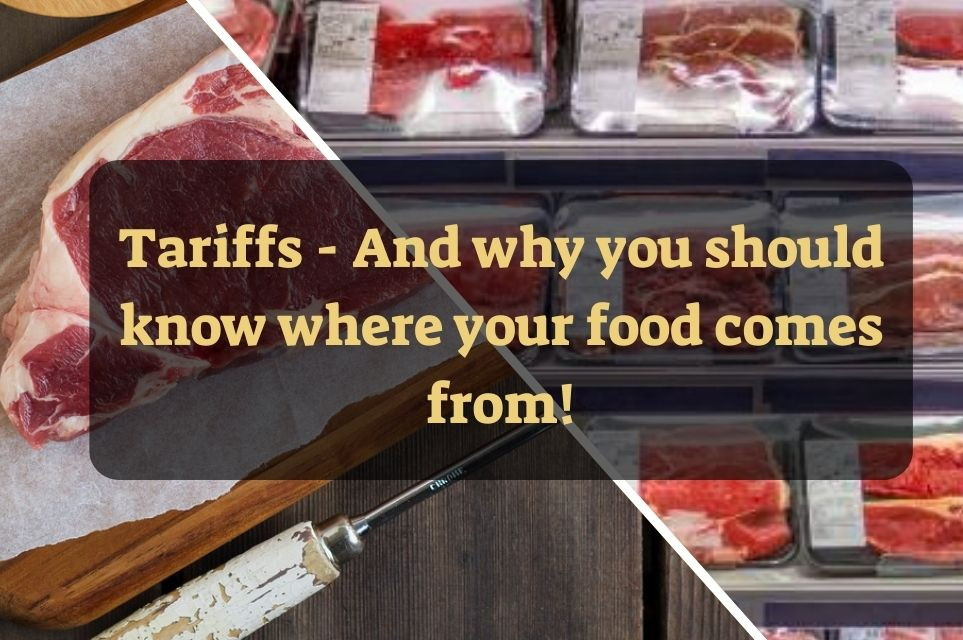4 Startling Problems with the Food System + How We Combat Them
posted on
February 22, 2022

Chances are, you are here because you care about clean, healthy, responsibly-raised food. Unfortunately, our existing centralized food system is working against all of that good stuff.
The food system in America is currently designed to benefit a relative few companies. Think of it as a funnel: The corporations profiting at the top of this “funnel” state that the efficiencies of this model make food cheaper for customers like you. While there is a kernel of truth to this, it results in many significant issues, including:
- Pollution and erosion of our environment
- Economic hardships for farmers and laborers
- Food shortages and waste
- Unhealthy, low-quality products
That’s why Red Hill Harvest is working toward a direct food model. We believe that making nutritious local food available to consumers and using regenerative agriculture will relieve these problems. Read on to learn more about these systemic issues and how we combat them.
Environmental Impact
It should be no surprise that the current food model has taken a heavy toll on the environment. For one thing, food miles (i.e., the distance food is transported from production to consumer) are exponentially higher than necessary. Since retailers opt for the cheapest products, they usually buy from conventional farms with the best prices. This means more trucks rolling in from corporate farms and therefore, more pollution.
Yuck!
Competing only on price also means irresponsible agricultural practices and production methods are common. For example, using harsh pesticides and herbicides and keeping animals in over-capacity barns for their entire lives. Food manufacturers, packers, and retailers encourage producers to sell below the real cost of production. We’re left trying to reverse the environmental damage from these harmful practices.
Have you ever seen a beef feedlot? Don’t be fooled by the greenwashing you see in advertisements. Unfortunately, many corporate farms take the cheap route–at a detriment to the environment.
Economic Impact

When retailers only care about finding the cheapest option, local farmers are pushed out of the equation because they can’t afford to sell that low. Food monopolies continue to form and suppress competition.
Practices like reverse auctions, in which the sellers bid instead of the buyers, contribute to this issue. The bid always goes to the biggest packer, pinching the farmer out of a fair price.
For example, we are located within 10 miles of a warehouse for the largest retailer in the U.S. Because of our size, we had to sell through a large packer who took a cut of the already ridiculously low prices they paid. We no longer sell to that retailer because we simply couldn’t afford to. Instances like this also contribute to those unnecessarily high food miles we mentioned.
Under this centralized food system, local farmers struggle to make a living because they can barely get paid what their products are worth. And the government has to pick up the cost in subsidies to those farmers.
Food Shortages
The current food system is not resilient enough to withstand a major disruption, like a global pandemic. Sure, our centralized food system can deliver high quantities of food quickly to grocery stores. But the limited number of companies able to fulfill each step of the supply chain (i.e., farms, processors, distributors, and retailers) mean an outbreak at one facility can affect the availability and price of food nationwide.
Oh, no!
During the COVID-19 pandemic, we saw the meat-processing industry struggle when workers got sick, forcing many plants to reduce or pause production. Livestock prices dropped, affecting farmers’ livelihoods. Some even had to cull animals that could not be processed. At the same time, we’ve seen widespread food shortages.
How can there be food shortages when we have too much food? Hmm…
The current concentrated food system results in limited options, but it doesn’t HAVE to be that way! A snowstorm in Colorado, fire in California, or even a pandemic should not mean people go hungry.
Food Quality
Under our current food system, supermarkets can’t offer a vast selection of food types and be profitable. So, they offer the least expensive products to make it simpler and more cost-effective for them.
Customers like you are left with cheap, unhealthy foods and few options for clean eating. You don’t know where or how your food is grown and processed. This contributes to many health issues we face today (e.g., obesity and food sensitivities).
Meanwhile, farmers can’t differentiate their products. They simply need to meet minimum standards. There is no reward for producing higher-quality food. Anything they spend on more responsible agricultural practices is a lost expense. Wow…
How Red Hill Harvest is Making a Difference
At Red Hill Harvest, we believe the solution is clean, responsible farming combined with a direct food model. Is it possible to achieve this balance? Yes!
We use regenerative agriculture, focusing on healthy soil and limiting chemicals and fertilizers. These materials may make produce more visually appealing, but they reduce the nutritional value. We aim to improve the environment through our farming practices, not in spite of them. For example, animals on pasture create healthier soil and animals.
Consumers should have confidence in the food they’re buying. To us, a diversified, direct-to-consumer system means providing the cleanest, most nutritious, least-handled food directly to our customers. It also means more options and healthy competition.
As a country, we need to rely more on local food producers through channels like farmers’ markets and CSAs. A growing number of local farmers are even using e-commerce, creating convenience for customers who want to shop local and enabling farmers to expand their reach.
A diversified food system will be the most sustainable one. As a consumer, you can make a difference and support this movement by shopping locally. Get to know the farmers in your community and learn about their food. If there’s one thing we farmers love, it’s educating people on clean eating!
Ready to invest in local, responsibly grown food for your family? Shop our selection of grass-fed beef and fresh produce today. Have questions? Send us a note and we’ll be happy to help!




